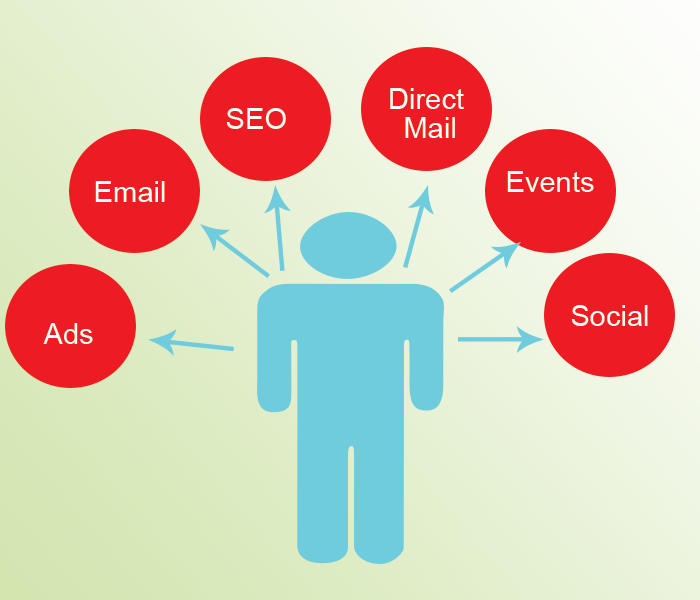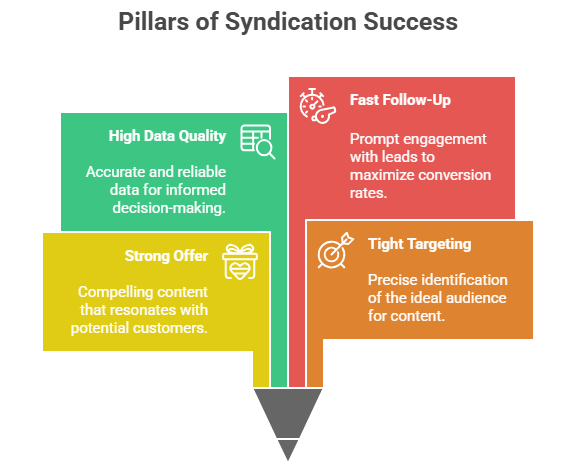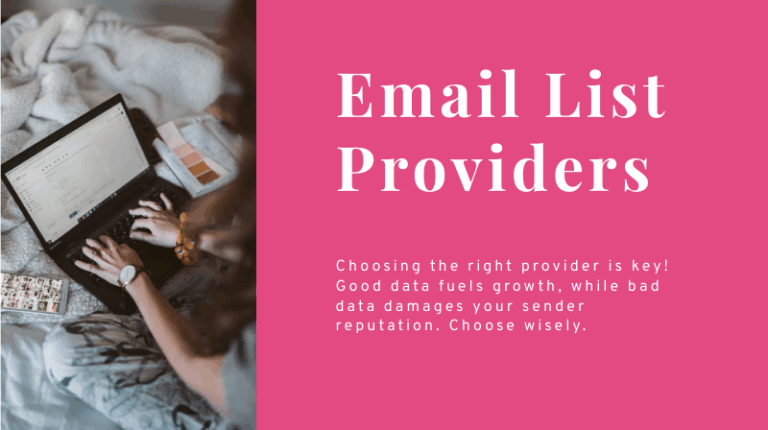
There’s no shortage of analytics to run and metrics to measure when it comes to your content. Page views, bounce rates, and overall time on site give you a good indication of how people interact with your content. How do you know, though, what influence that content has on your bottom line? How do you monitor lead generation? What do you learn about your ROI on content marketing activity? That’s where attribution comes in.
Think of attribution as a way to know which content deserves credit for conversions and how much credit each piece of content gets. If you’re in the market for a new computer, for example, you place varying amounts of emphasis on what you discover from reading professional reviews, scanning user forums, asking friends, and talking to a vendor about your options. Marketing automation software gives you the ability to understand that attribution process from the other side. With it, you gain insight into how your customers make the decisions they do based on the content you deliver to them so you can turn up the volume on successful content and get a handle on ROI.
Assisted Conversion vs. Direct Conversion
Some of your conversions are straightforward. You ask leads to take a particular action, and they do it – simple. A good example of a direct conversion is a form completion on an e-book landing page; your prospect read the page, liked the information there, and took you up on your offer to exchange your e-book download for some data. Filling out sales contact forms, subscribing to newsletters, and checking out of an e-commerce site after filling a shopping cart are also direct attributions – these actions result directly in a conversion.
With content marketing, attribution becomes more complex. You aren’t always sure where a lead’s conversion decision comes from unless you have a tool-set that can monitor assisted conversions and understand attribution as a web, not a chain. The trip from content to conversion may have a number of stop-overs. Other content you provide influences decisions. Outside content has an impact too. When marketers talk about multi-touch attribution, this is what they mean – correctly weighing the influence of all these incremental steps along the conversion journey.
Last-Touch, First-Touch, Multi-Touch
Without marketing automation software, assigning attribution is more of an all-or-nothing process. The most common types of attribution are last-touch and first-touch, both of which have their uses even in a more sophisticated attribution network. First-touch attribution looks at the initial content a lead comes in contact with and assigns full value to that step. As you might expect, last-touch attribution gives full credit to the last content someone saw before converting. As snapshots of your overall content marketing effectiveness, these attribution systems still have value, but they don’t tell the whole story.
Multi-touch attribution looks at each step along the decision-making process, essentially monitoring each piece of content’s last-touch attribution rate and calculating overall attribution numbers based on the effectiveness of individual content streams. Your marketing automation system uses complex methods to derive metrics like multi-touch attribution figures, but the result is elegantly simple: At a glance, you see how and where your content contributes to conversions. Breaking conversions out by content channel, medium, and source shows you precisely where your content marketing team’s efforts are paying off. With a precise figure for conversion costs, you get a clear blueprint for content marketing successes.
© Reach Marketing LLC 2016 All Rights Reserved.



